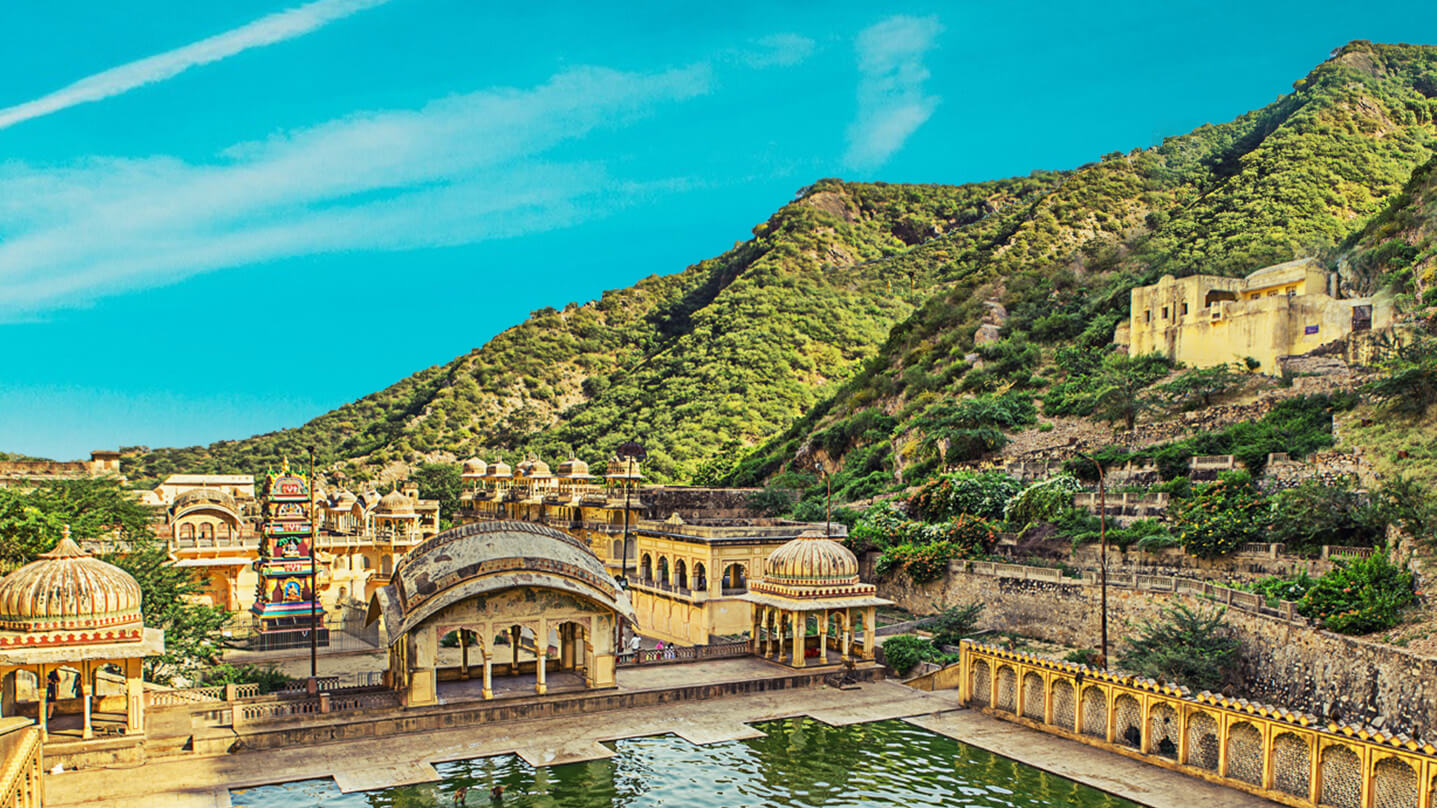VikramSthan
Rajasthan through eyes of Vikram
Vikram | Januray 2nd, 2019
-
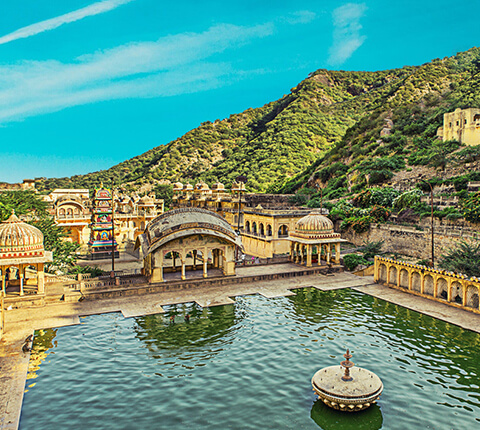
Unraveling the secret of the “Pink” City
The capital city as well as the gateway to the royal state of Rajasthan, Jaipur stands proudly on the National Highway 8, as a part of the Golden Triangle. Featuring a distinctive shade of terracotta pink, the city of Jaipur is as vibrant on the inside as it is on the outside. The history of what is popularly known as the “Pink City” dates back to 1727, when Sawai Jai Singh II, the ruler of Amer, laid down its foundation. Despite being established out of necessity, Jaipur had immense dedication and hard work go into its making. Maharaja Jai Singh consulted numerous books and scriptures on architecture, craft and design alongside seeking guidance from Vidyadhar Bhattacharya, chief architect and city planner. It was in 1876 that the city was painted pink to welcome the H.R.H. Albert Edward, the then Prince of Wales, thus earning itself the epithet of the “Pink City”. Boasting of rich history, intricate royal architectures and colorful customs, the city calls on to tourists, travelers, historians, artists, culture-lovers, from near and far to revel in its offerings. And those that have scoured the length and breadth of this lively city will tell you that there is no falsity in its promise. Regarded outstanding among the most socially rich urban areas, Jaipur has many gems for people to see.
-
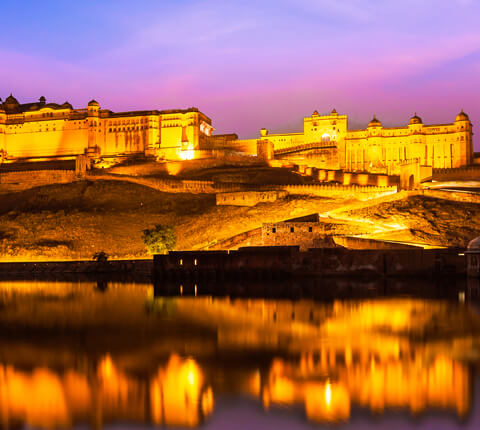
Amber Fort
Around half an hour’s drive from the city center takes you to the Amber Fort, a UNESCO World Heritage Site and one of Rajasthan’s most popular hill forts. Standing atop the Cheel Ka Teela, overlooking Lake Maota, the massive Amber Fort is a sight to behold. In here, you get to feast your eyes on a series of stunning palaces, temples, halls and gardens featuring remarkable craftsmanship and grandeur. The fort complex is also recognized for hosting impressive light and sound shows in the evenings.
-
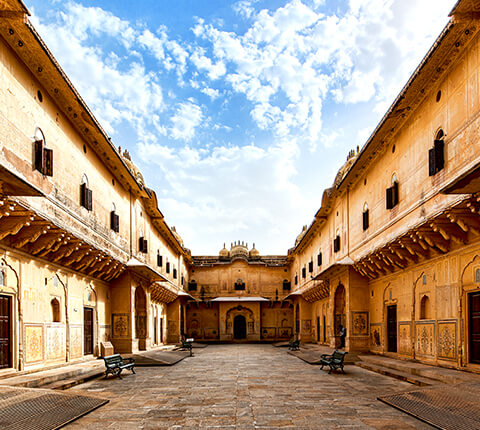
Nahargarh Fort
Standing on the edge of the Aravalli Hills, overlooking the city of Jaipur, is another impressive architecture, the Nahargarh Fort. Offering spectacular views to the visitors, the Nahargarh fort was originally built to defend Jaipur against invasion. The fort complex is now home to various modern attractions including a wax museum, a sculpture park as well as a fine-dining restaurant.
-
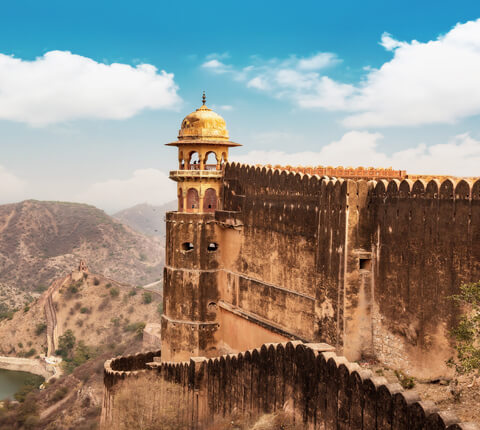
Jaigarh Fort
Overlooking the magnificent Amber fort is yet another popular place to visit near Jaipur, the Jaigarh Fort. Bearing resemblance in structural design to Amber Fort, the Jaigarh Fort was in fact constructed for the protection of the latter. Highly fortified by thick walls and bordered by watchtowers and gateways, this fort is connected to Amber fort by subterranean passages. Another interesting thing about the Jaigarh fort that also makes it especially appealing to military enthusiasts is that it contains the world’s biggest cannon.
-
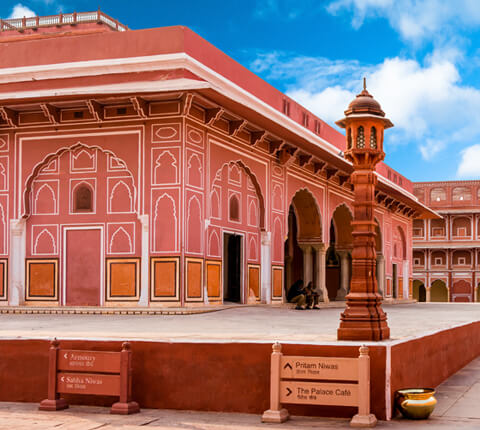
City Palace
Once a seat of the Maharaja of Jaipur, the City Palace is located in the central northeast part of Jaipur. The palace complex incorporates museums, gardens and courtyards, which add to the beauty of its main attractions that are the Mubarak Mahal Chandra Mahal, Maharani’s Palace and Mukut Mahal. The structures within the complex display a combination of both Rajput and Mughal architecture. The museum presents curious displays comprising of an art gallery, Indian weaponry, and royal costumes, among others.
-
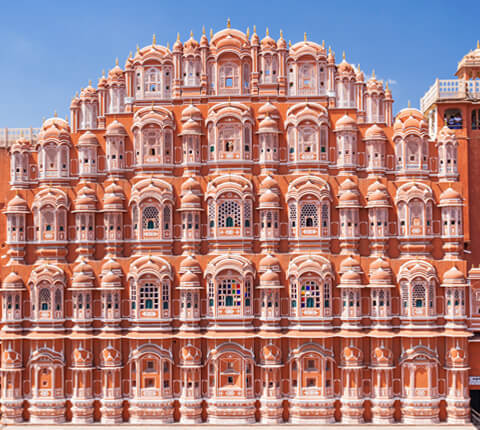
Hawa Mahal
The Hawa Mahal or the Palace of Winds is another one of the fascinating places to visit in Jaipur. What makes this five-storied structure unique and captivating, is its build that involves the presence of 953 windows, all beautified with latticework, which gives the palace a honeycomb-like appearance. These windows were meant to aid the royal ladies within the palace in observing the city life and festival celebrations.
-
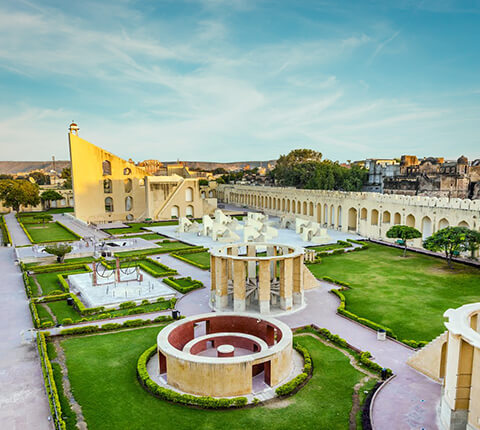
Jantar Mantar Observatory
Largest of the five equinoctial sundials built by Maharaja Sawai Jai Singh II, this Jantar Mantar observatory is also a significant place to visit in Jaipur. A UNESCO World Heritage Site, the Jantar Mantar contains a large stone sundial that calculates the local time to an accuracy of 2 seconds. The observatory has 14 structures for measuring time, tracking stars and predicting eclipses. Located right next to the City Palace, Jantar Mantar is not hard to find either. Once done with the popular attractions within the city, tourists can next head to the bazaars of Jaipur for some refreshments and shopping.



